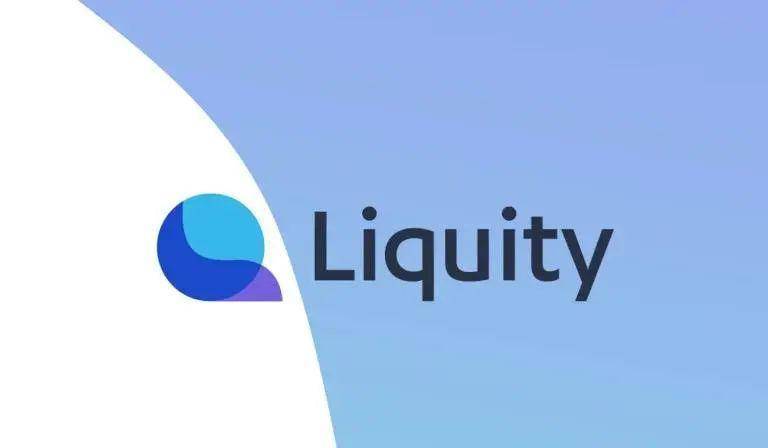Liquity: Analysis (Decoded)
Liquity Dashboard: Everything from price, transfers, mint/burn info, borrower addresses, borrows operations, redeemptions, liquidations, staking metrics, total LQTY issued updated, to decoding processes. Methodology included. And parameters for the Borrows section (last 2 charts).

Liquity is a decentralized finance (DeFi) protocol that enables Ether holders to leverage their holdings for maximum liquidity without incurring interest. Users lock Ether into a smart contract to create a collateralized debt position known as a "trove." They can then mint LUSD, a stablecoin pegged to the USD, providing instant liquidity. Each trove must maintain a minimum collateralization ratio of 110%.
Key features of Liquity include:
- Interest-Free Loans: Users can borrow LUSD against their Ether without paying interest.
- Redemption: LUSD holders can redeem their stablecoins for the underlying Ether at any time, ensuring that LUSD maintains a stable value of at least $1 USD.
- Automated Stability: The protocol uses a unique liquidation mechanism and algorithmically adjusted fees to maintain stability at lower collateral ratios compared to traditional systems.
- Decentralization and Incentives: Liquity encourages decentralization and early adoption through built-in incentives and supports operation through multiple front ends.
- Liquidation and Stability Pool: Liquity employs a two-step liquidation process using a Stability Pool filled with LUSD to manage under-collateralized troves. Depositors to this pool can earn Ether from liquidations, often at a value higher than the cancelled debt.
Some of the key definitions:
-
Trove: a collateralized debt position, bound to a single Ethereum address. Also referred to as a “CDP” in similar protocols.
-
Borrower: an externally owned account or contract that locks collateral in a Trove and issues LUSD tokens to their own address. They “borrow” LUSD tokens against their ETH collateral.
-
Depositor: an externally owned account or contract that has assigned LUSD tokens to the Stability Pool, in order to earn returns from liquidations, and receive LQTY token issuance.
-
Redemption: the act of swapping LUSD tokens with the system, in return for an equivalent value of ETH. Any account with a LUSD token balance may redeem them, whether or not they are a borrower.
When LUSD is redeemed for ETH, the ETH is always withdrawn from the lowest collateral Troves, in ascending order of their collateralization ratio. A redeemer can not selectively target Troves with which to swap LUSD for ETH.
-
Repayment: when a borrower sends LUSD tokens to their own Trove, reducing their debt, and increasing their collateralization ratio.
-
Liquidation: the act of force-closing an undercollateralized Trove and redistributing its collateral and debt. When the Stability Pool is sufficiently large, the liquidated debt is offset with the Stability Pool, and the ETH distributed to depositors. If the liquidated debt can not be offset with the Pool, the system redistributes the liquidated collateral and debt directly to the active Troves with >110% collateralization ratio.
Liquidation functionality is permissionless and publically available - anyone may liquidate an undercollateralized Trove, or batch liquidate Troves in ascending order of collateralization ratio.
Liquity operates without active governance or monetary intervention, relying instead on economically-driven user interactions and arbitrage to sustain its ecosystem. This system provides a platform for stablecoin issuance and management.
You can find the methodologies on the respective tabs.
This dashboard contains parameters for the borrows section. It is already defaulted to 7 days on the two specific interval charts at the bottom of the Borrows section. You can input "30 days", "3 days", etc to view the addresses with the biggest LUSD Debt/ETH Collateral.